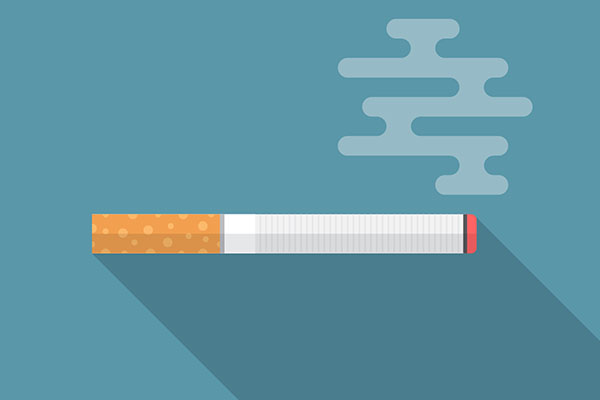 Receding gums are usually a scary and painful condition. It helps to be aware of the symptoms of gum recession as well as how to avoid them. Various issues may cause gum recession, but individuals who smoke or use tobacco regularly are more prone to it. Continue reading to learn more about why this is the case, particularly for heavy smokers.
Receding gums are usually a scary and painful condition. It helps to be aware of the symptoms of gum recession as well as how to avoid them. Various issues may cause gum recession, but individuals who smoke or use tobacco regularly are more prone to it. Continue reading to learn more about why this is the case, particularly for heavy smokers.
Overview of gum recession
When the gums are pulling away from the teeth, they may seem longer or larger. This generally indicates gum recession, and it can affect nearly anybody. Individuals who smoke or use tobacco products regularly, on the other hand, have a significantly greater risk of gum recession than people who do not smoke or use tobacco products.
Smoking and gum recession
Smoking is one of the most common causes for the gums to pull away from the teeth, and the reason behind this issue derives from the contents in the cigarettes. When people breathe in tobacco products, the chemicals adhere to the teeth and gums, forming tartar. Tartar will obstruct the gum lines or erode the gum line over time, resulting in recession. When a person smokes, the toxic chemicals damage the gums, leaving them vulnerable to illnesses that contribute to gum recession.
Smoking reduces saliva flow, which damages the gums over time. The gums may not flourish as well when there is not enough saliva in the mouth. Saliva has minerals that keep teeth and gums healthy, and oral diseases are more likely to develop when deficient.
Stopping receding gums
Since nicotine eats away at the gum tissue, individuals who smoke cigarettes or take excessive tobacco are more likely to have receding gums. Tobacco usage should be avoided or limited as much as possible. Patients can consult a dental professional to determine the best methods for quitting smoking. They will provide recommendations to help the gums regain their health.
Brushing and flossing regularly is recommended to keep the gums healthy. When individuals smoke daily, their teeth and gums are more prone to harbor bacteria and hazardous substances. Brushing and flossing are necessary to remove these toxic substances from the teeth and gum lines.
If someone suspects that their gums are receding, the best thing they can do is speak with a dentist. A dentist may do a thorough examination of the gums to identify the best treatment option. Smoking cessation is likely to be the first thing they suggest since it would only damage the gums more.
Depending on the extent of the damage, the dentist may suggest gum grafting procedures to restore lost gum tissue or deep cleaning to get rid of the tartar deposits around the teeth and gums.
In conclusion
Receding gums can be scary, and figuring out what to do about it is even more unnerving. However, it is advisable to consult a dentist about treatment options, and smokers and tobacco users should quit or reduce their usage as much as possible.
Request an appointment or call Texas Implant & Dental Specialists at 972-535-6555 for an appointment in our Plano office.
Related Posts
One essential step a person can take to prevent receding gums is to maintain excellent dental hygiene. Most individuals often neglect their gums and focus on dazzling, pearly white teeth when it comes to oral health. However, having healthy gums is just as important as having healthy teeth.Gum recession has the potential to cause tooth…
Receding gums can affect your confidence and leave you feeling self-conscious, even when you have every reason to smile. Luckily, a dentist can correct gum recession and its root cause. They can craft treatment plans that best suit their patients’ needs. A treatment plan will include one or more procedures to restore the looks and…
The primary way receding gums are treated is through a gum graft. This procedure involves taking soft tissue from another area and placing it where the recession has occurred. This guide provides tips on how to recover after a gum graft for receding gum treatment.You can help ensure a smooth and fast recovery after receding…
